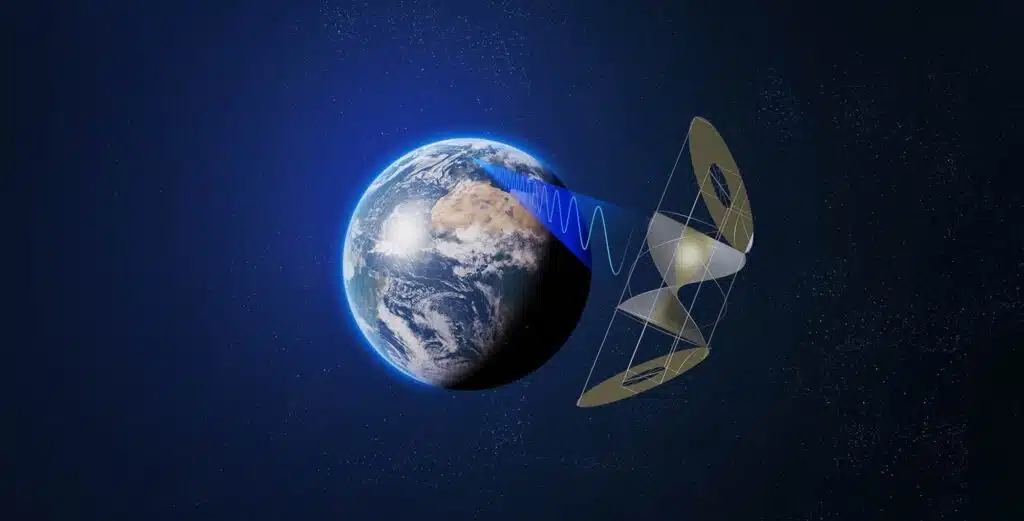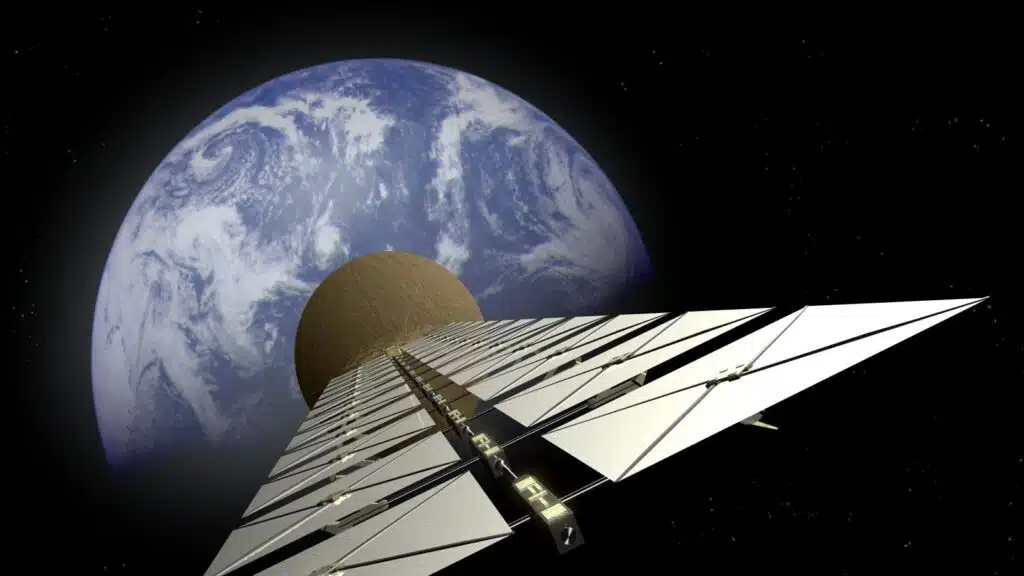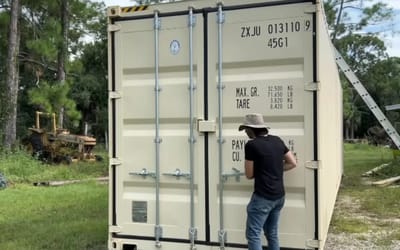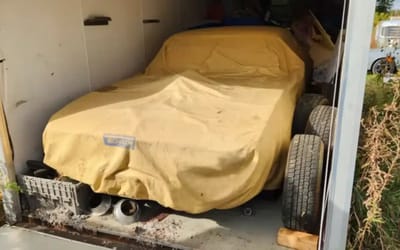Orbital solar farms could beam clean power to Earth anytime and anywhere by 2030
Published on Jul 04, 2025 at 1:27 AM (UTC+4)
by Callum Tokody
Last updated on Jul 03, 2025 at 12:27 PM (UTC+4)
Edited by
Emma Matthews
Space Solar plans to deliver clean power to Earth using satellite technology, marking a major step toward an orbital solar farm.
A new UK-based initiative has taken a major step forward with a successful in-orbit assembly simulation.
The test demonstrates how autonomous construction in space could make large-scale orbital energy infrastructure viable.
The first working demonstrator could be operational by 2030.
VISIT SBX CARS – View live supercar auctions powered by Supercar Blondie
Successful test shows viability of orbital clean power systems
Space Solar, a company based in the UK, is developing a network of satellites that’ll collect solar energy in space and transmit it to Earth.
It’s all part of the CASSIOPeiA project, an effort to build clean power infrastructure using advanced solar space systems and satellite technology.
In a recent test, Space Solar demonstrated its AlbaTRUSS assembly system, which uses robotics to construct satellite components autonomously.
The test was conducted in collaboration with UKAEA, a government-supported research organization.
It involved assembling a scaled satellite structure using 3D-printed and off-the-shelf parts. The project confirms that in-orbit construction is viable with current satellite technology.

The satellites will be equipped with large mirrors and solar panels to convert sunlight into high-frequency radio waves.
These waves will be transmitted to Earth, where they will be converted into clean power for distribution.
Each satellite must remain aligned with both the Sun and Earth to provide uninterrupted service from the orbital solar farm.
Space Solar’s solution, known as Harrier, aims to achieve 360-degree beam control without moving parts.
This innovation could ensure consistent output from the solar space system without mechanical complexity.
Backers, partnerships, and what comes next
Space Solar plans to launch its first 30MW demonstrator by the end of the decade.
The company has already partnered with Reykjavik Energy in Iceland. If successful, it could become one of the first commercial customers to receive clean power from orbit.
The effort is backed by the Space Energy Initiative, a coalition of more than 80 organizations including aerospace firms, research institutions, and the British government.

Target sites for receiver stations include Canada and Japan, where interest in satellite technology and solar space applications is growing rapidly.
Despite the remaining hurdles, including long-term durability and beam targeting, the project has moved from theory to practical execution.
If milestones are achieved on schedule, the orbital solar farm could soon become a global source of clean power, delivered through advanced satellite technology and solar space innovation.
Click the star icon next to supercarblondie.com in Google Search to stay ahead of the curve on the latest and greatest supercars, hypercars, and ground-breaking technology.
DISCOVER SBX CARS: The global premium car auction platform powered by Supercar Blondie
Callum Tokody is a content writer at Supercar Blondie, where he covers the latest in the automotive world with a focus on design and performance. With a background in automotive journalism, he has contributed to a range of publications in Australia and the UK. In addition to his writing, Callum also heads up PR and communications, helping to build and strengthen partnerships within the industry. Outside of work, he’s a design enthusiast with a soft spot for anything with a V8 and a good story.




